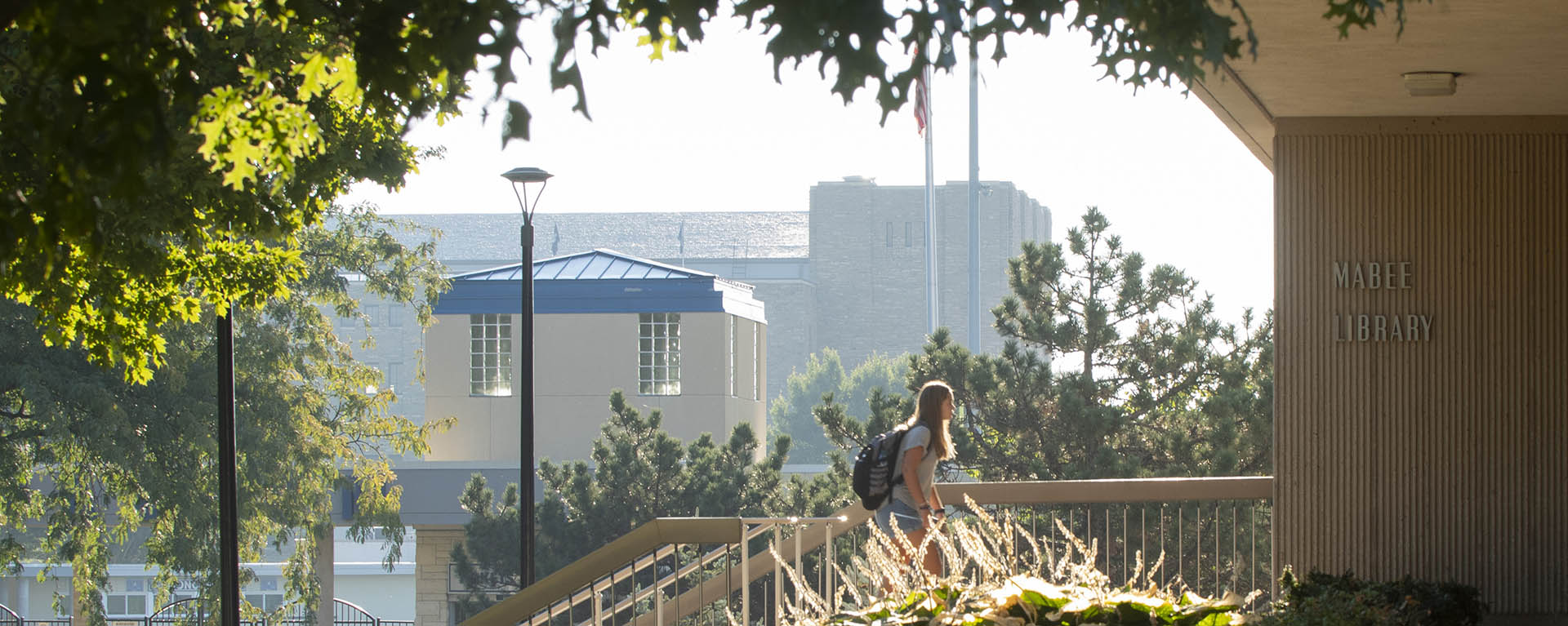
Answer 1
FALSE!
All Web pages are copyrighted. Unless the essay you pasted into your site is in the public domain, you have just infringed copyright laws by using material owned by someone else.
Answer 2
FALSE!
One may freely create links to other Web sites, provided the result of choosing the link does not appear framed inside your own Web site design, giving the appearance that the material belongs to you. The labeling for the link must not be libelous of the site to which it is linking. In addition, the labeling must not be misleading or try to claim ownership of the content on the linked site.
Answer 3
FALSE!
All pages placed on the www.washburn.edu Web site automatically have a copyright notice placed on them at the bottom. (This is called a trailer.):
© 2000-2002 Washburn University
To further protect the content, you may place verbiage such as the following on the page: "The material on this Web site may not be reproduced or re-used for any purpose whatsoever without written permission." Or, you may consider putting the information into a password protected area of the Web server, so that only Washburn users may have access to the information.
Answer 4
FALSE!
The group of items may be protected under a "compilation" copyright. Creating the link list is considered to be a "compilation". If this collection required editorial selection, then it may be considered to be a new work of authorship and may be protected by copyright law.
Answer 5
TRUE!
The Web was created on the basis of implied public access, meaning that users can attach links to any other site on the Web. If you put a site on the Internet, you have given implied permission to others to link to your site. However, there are times when one organization or individual may damage an organization's reputation by linking to its site. Netiquette dictates that links to other sites be removed if the linkee objects.
Answer 6
MAYBE TRUE!
You must read the fine print to see the conditions under which you may use the clip art on your Web site. In some cases, they may request that you ask for permission; in others, they may request that you state the source of the clip art on your site.
Answer 7
FALSE!
Web pages and their contents are copyrighted automatically. Therefore, you may not use (and thus re-copyright) anything that the general public will see without getting permission from the copyright owner. In this instance, you will need to contact the newspaper to ask for their permission to use the picture. If they give you permission, you should state this permission near the picture on your site. "Photo used with permission from ……" If they do not give you permission, you may not use the photo.
Answer 8
FALSE!
If the photograph that you took includes identifiable people other than yourself, you should obtain a release from the individual(s) before placing the picture on the Web. Check out a sample release form.

